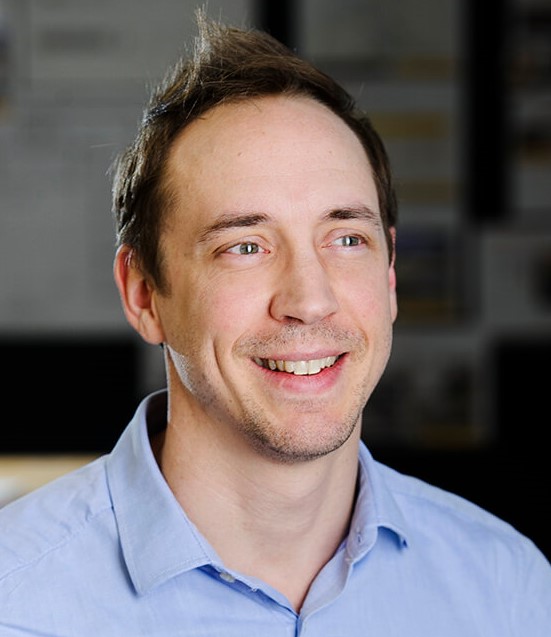Schüco CPD presentation - Specifying curtain walling
Please contact us via contact@construction-cpd.com to get permission to publish this video on your website.
<div style="position: relative!important; width: 100%!important; min-height: 700px; overflow: hidden!important; padding-top: 56.25%!important;"><iframe src="https://www.construction-cpd.com/cpd-external-view?ExternalId=1230&ReturnUrl=https://www.construction-cpd.com/specifying-curtain-walling" style="position: absolute; top: 0; left: 0; bottom: 0; right: 0; width: 100%; height: 100%; min-height: 500px; border: none;" mozallowfullscreen webkitallowfullscreen allowfullscreen></iframe></div>
This video presentation will begin with an introduction to curtain walling, covering what it is and the benefits of specifying it. Then it’ll go over the types of curtain walling, the various curtain walling components, and specification considerations such as standards, testing and sustainability. Finally there’s a quick summary and then a little bit about Schüco and the products and services that we offer.
A curtain wall is defined as a thin, usually aluminium-framed wall, containing in-fills of glass, metal panels, or thin stone. Curtain wall framing is attached to the building structure and does not carry the floor or roof loads of the building. The wind and self-loads of the curtain wall are transferred to the building structure, and this is typically done at the floor line.
A curtain wall acts as the outer skin of a building, creating an attractive, durable, and weather-resistant barrier between the interior and exterior. It should also control:
- Air flow
- The flow of water vapour
- Light
And it should control fire, provide strength and rigidity, be durable and aesthetically pleasing and be economical and sustainable
Curtain walls are hung on the side of a building and anchored to the structural concrete slabs, while windows and window walls are installed as part of a wall and fit between the slabs.
Because of these differences, curtain walls can span multiple floors. Simply put, curtain walls can be used as windows, but windows and window walls cannot be used as curtain walls.
There are also additional design considerations that only apply to curtain walling, and not to window products. These include thermal expansion and contraction, building sway and movement.


